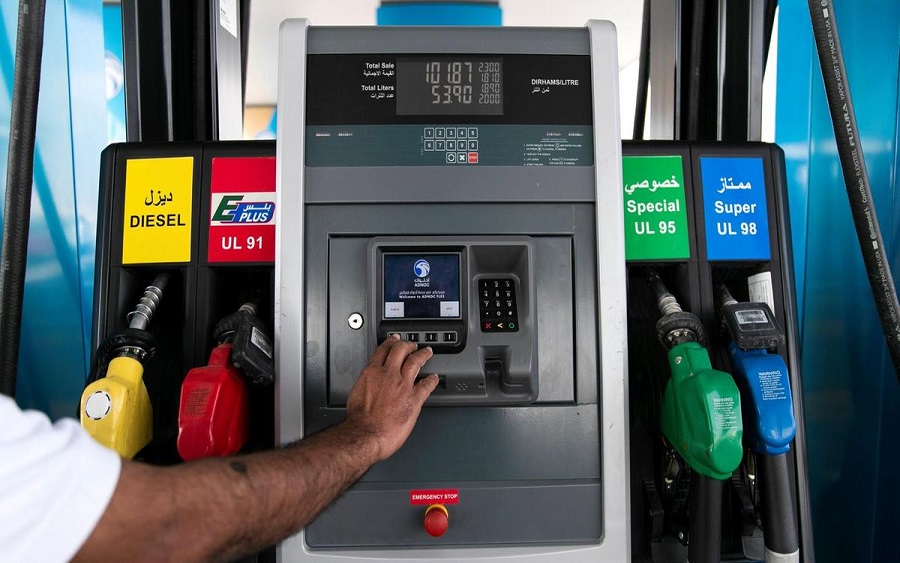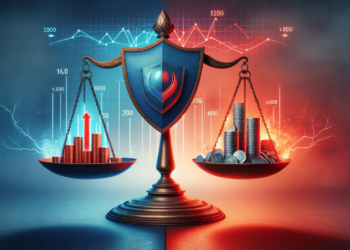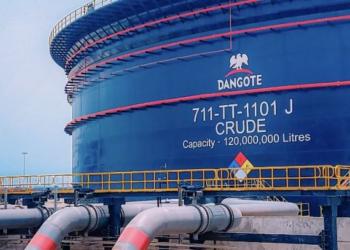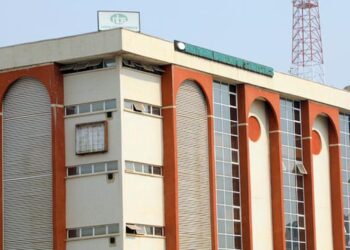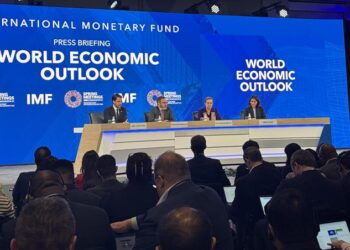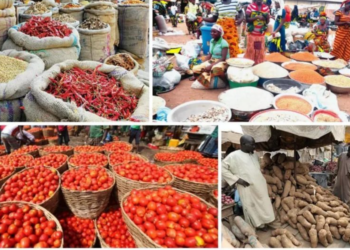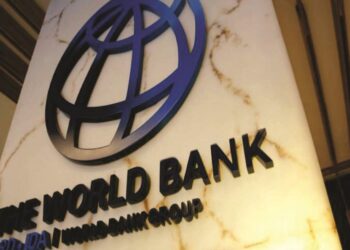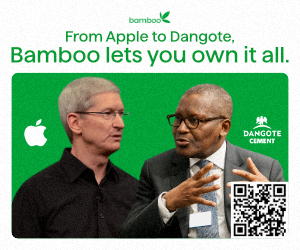The latest price watch report released by the National Bureau of Statistics (NBS) shows that Premium Motor Spirit (popularly known as Petrol) sold at the lowest price in North-East Nigeria in July 2019.
Meanwhile, the NBS report shows that states with the lowest average price of Petrol in July 2019 include Abuja (N143.00), Kogi (N143.00) and Katsina (N142.50).
Further breakdown: Across all states, the NBS report shows that the price of petrol declined by 0.2% on a month-on-month basis. Specifically, the average pump price paid by consumers for petrol decreased to N145 in June 2019, up from N145.5 in the previous month.
[READ MORE: BOC Gases hits 5 year high in a bear market]
At the state level, petrol was sold at different pump prices in July. Out of all the 36 states in the country, the consumers in Kwara, Ondo, and Ebonyi paid the highest pump prices for petrol at an average of N146.67, N146.47, and N146.43 respectively.
Across the six geopolitical zones, consumers in the South-East region of Nigeria paid the highest average price of N145.82 in July.
Meanwhile, the South-South zone ranks second with the highest average petrol price of N145.31.
The remaining zones are ranked in this order – South West (₦145.16) North Central (₦144.85), North West (₦144.69) and North East (₦145.11).
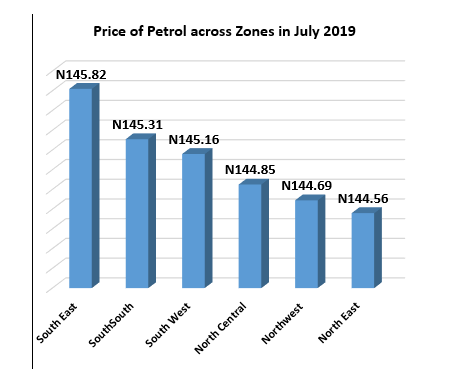
Essentially, the variation in the price of petrol in the North-Eastern states may be traceable to low demand for the commodity in the region. According to the latest NBS report on Petrol import and distribution, Yobe, Bauchi and Taraba received one of the lowest volumes of Petrol across the country. As reported in some states, the demand for petrol usage is considerably low compared to others, and this may have slightly affected the price of the product.
[READ ALSO: Emefiele claims inflation will drop further due to CBN Policies]
Impacts on key agents: A slight reduction in the average pump price of petrol in the affected states means businesses and individuals who use the product as intermediate and finished goods enjoyed a slight rise in purchasing power – paying less to get more of the product.
- For businesses, it means a reduction in the cost of production which may positively impact their revenue and eventually transit into a slight reduction in the price for goods and services produced.
- Overall, sales of the product may improve, and by extension, this means good business for investors in the sector.

